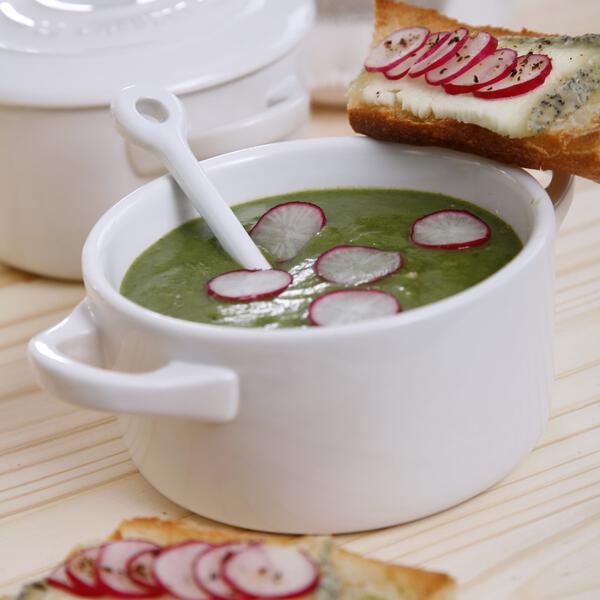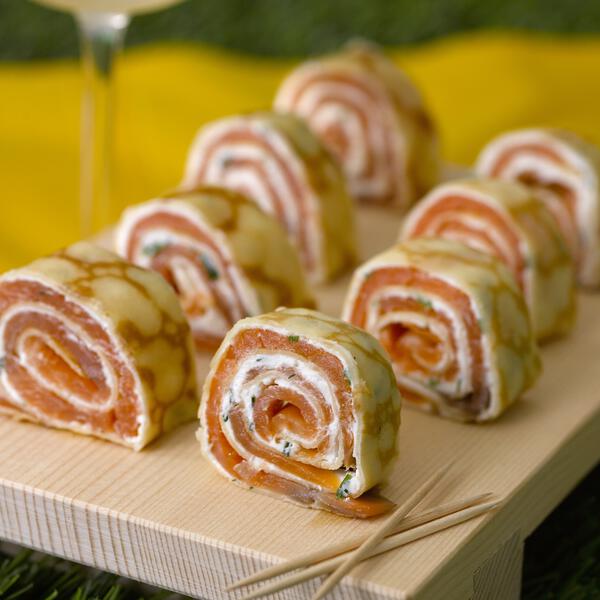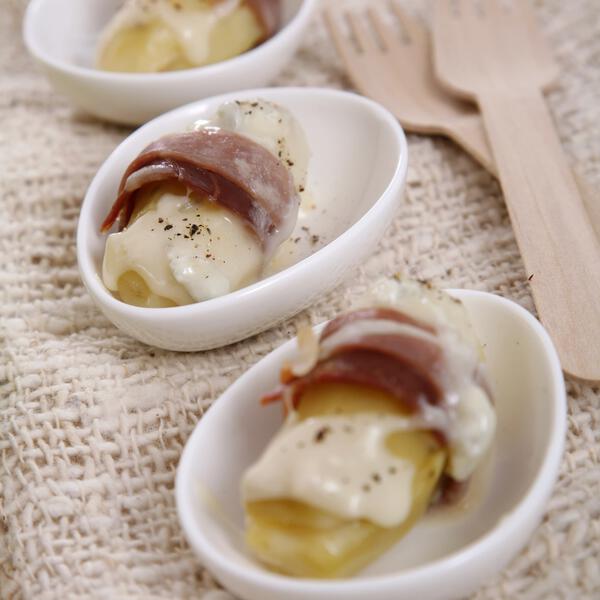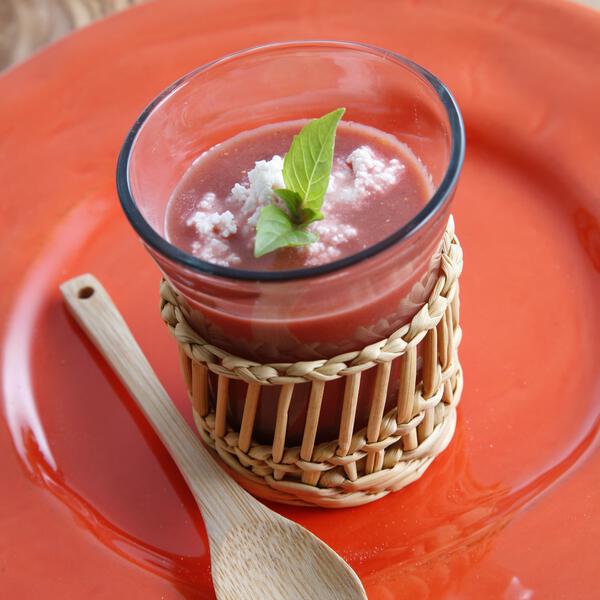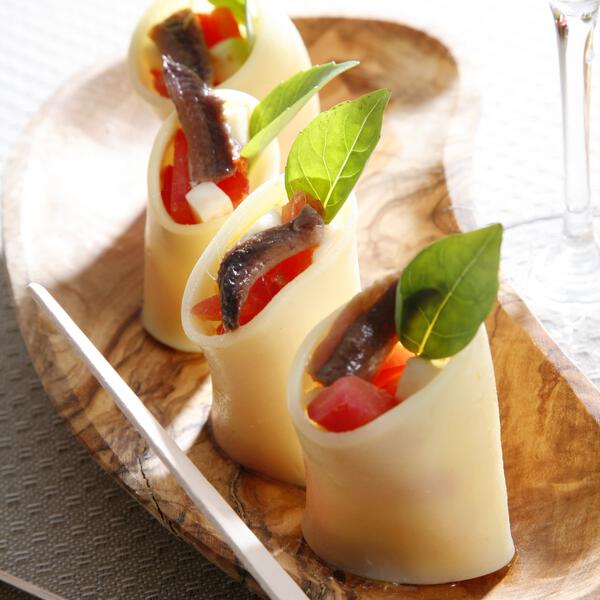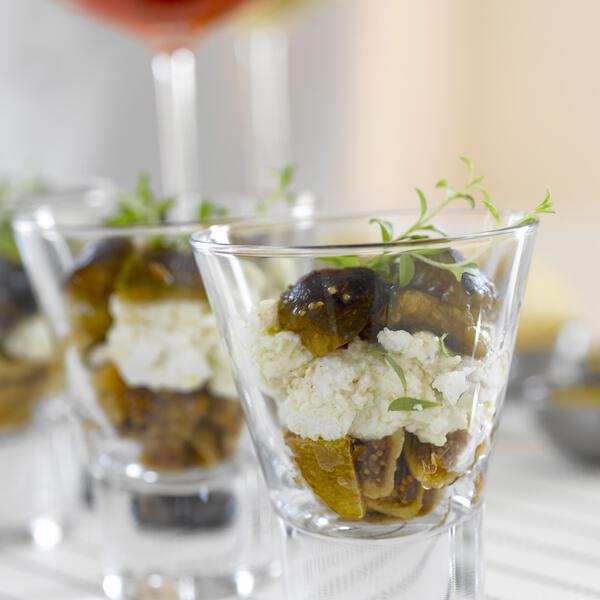Sauvignon Blanc de France
Wines color
Taste profile
Sweetness
Body
Acidity
Tannins
Alcohol
Table of contents
Wines produced
Occasions
Wine pairing
Sauvignon Blanc de France is an explosion of flavors, and needs no bubbles to show off its sparkling, snappy personality. It is a must with raw seafood, enhancing and illuminating its natural flavors. It is also an excellent choice for aromatic fish recipes and all types of modern, inventive cuisine. A perfect match for tangy ingredients, it works wonders with tomatoes, fresh coriander, lemongrass and basil. Sauvignon Blanc de France is a grape variety that stands out with ‘fusion’ cuisine
Main food pairings:
- Vegetable salads, Ratatouille and Antipasti
- Raw or grilled Fish and Seafood
- Thai and Chinese Cuisine
- Goat's Cheeses
Aperitif ideas
Medal winners
Encyclopedia
Origin
Sauvignon is an Atlantic grape variety originating from western France. Nobody knows whether it originates from the banks of the Loire or those of the Garonne. What we do know is that it was crossbred late, in the 18th century, with Cabernet Franc to give the world the renowned Cabernet-Sauvignon.
Aromas
Sauvignon Blanc's characteristic varietal aromas, which are especially present in the first years wine is made from the vines, are quite specific. Depending on the soil, the year and growing conditions, we can encounter nuances of broom flower, blackcurrant buds, or boxwood. We can also observe frequent citrus notes – lemon and grapefruit - as well as floral notes such as narcissus or jasmine. Some limestone soils often give the variety a mineral quality, namely gunflint.
Wines profile
Sauvignon Blanc makes dry white wines that are very elegant, lively, balanced and characteristic, to be enjoyed young. Recent research on Sauvignon Blanc's aromatic potential has enabled - through carbonic maceration - wines that have less vegetal flavor, characterized by a very nice balance between bite, smoothness and aromatic power. After late harvests, or with noble rot, Sauvignon Blanc can also be used in the production of top-quality sweet or liqueur-like wines.
Cultivation areas
Sauvignon Blanc is not as versatile as we might like to think. It clearly fares better in temperate areas, where it gives its most brilliant results. Before conquering the world, Sauvignon Blanc was grown in exceptional regions in France such as the Loire Valley, the Southwest down to the lower Tarn Valley, and in the area between La Rochelle and Angoulême. More recently, it has been planted at a large scale throughout the southwestern littoral between Nimes and the Spanish border, and even in the southeast between Avignon, Aix and Marseilles. The success of French Sauvignon Blanc on export markets has led wine growers to significantly expand production.
Precocity
Sauvignon Blanc is a relatively late grape variety. It buds 7 days after Chasselas, the benchmark, and ripens two and a half weeks after it, making it a Period II variety.
Vigor
Sauvignon Blanc is highly vigorous and tends to have excessive vegetative growth. This vigor must be controlled by planting the vine in mildly to moderately fertile soils, using low-productivity rootstocks and through appropriate pruning, which may be generous in the first years. Careful training helps to obtain a microclimate favorable for excellent ripening of the grapes.
Soils
Sauvignon Blanc is a grape variety that likes limestone of all types. Hard chalk, marls and looser marine sediments all suit it equally well. Sauvignon Blanc’s qualities are expressed differently depending on the soil; it is spicier and more floral when grown on gravelly terraces and more powerful and straightforward on deeper marl soils.
Climat
The best climate for Sauvignon Blanc is without a doubt one which enables slow ripening. These climates are found in cool areas, either continental zones like the central banks of the Loire, or more oceanic regions such as those near Aquitaine in the west. Nonetheless, the cooler soils of the area between Nimes and the Pyrenees, those furthest from the Mediterranean littoral, are also suitable for the production of elegant, high-quality wines.
Susceptibility to diseases and pests
With its compact bunches and relatively thin skin, Sauvignon Blanc is highly susceptible to gray mold. It is also susceptible to wood diseases and oidium. It is, however, little susceptible to mildew.
Use
Sauvignon Blanc is used only to produce wine.
Descriptive elements
Sauvignon Blanc can be recognized by its young shoots, which are densely covered with flat-lying hairs, as well as by its young leaves, which are yellow or yellow with bronze patches. Sauvignon Blanc's shoots have green internodes, and its small to medium-sized leaves are orbicular, with five lobes. The petiolar sinus is slightly open, and the teeth of the lobes are medium length with convex sides. There is no anthocyanic pigmentation in the veins. The leaf blade is bubbled and sometimes even curly at the edges. On the underside of the leaf blade, there are sparse upright and flat-lying hairs. Sauvignon Blanc's berries are oblong and small, as are its bunches.
Clonal selection in France
The 20 approved Sauvignon Blanc clones (specifically named Sauvignon B) are numbers 107, 108, 159, 160, 161, 240, 241, 242, 297, 316, 317, 376, 377, 378, 379, 530, 531, 619, 905 and 906. Three conservatories including a total of around 400 clones were planted in Aquitaine and in the Loire Valley in 1993, 1994 and 2001.
Map of France
Sauvignon Blanc originally comes from southwestern France, and more specifically the Aquitaine area. It is also grown on the banks of the Loire and in the region stretching from Nimes to the Pyrenees in the southwest. France is the world’s leading producer of Sauvignon Blanc.

